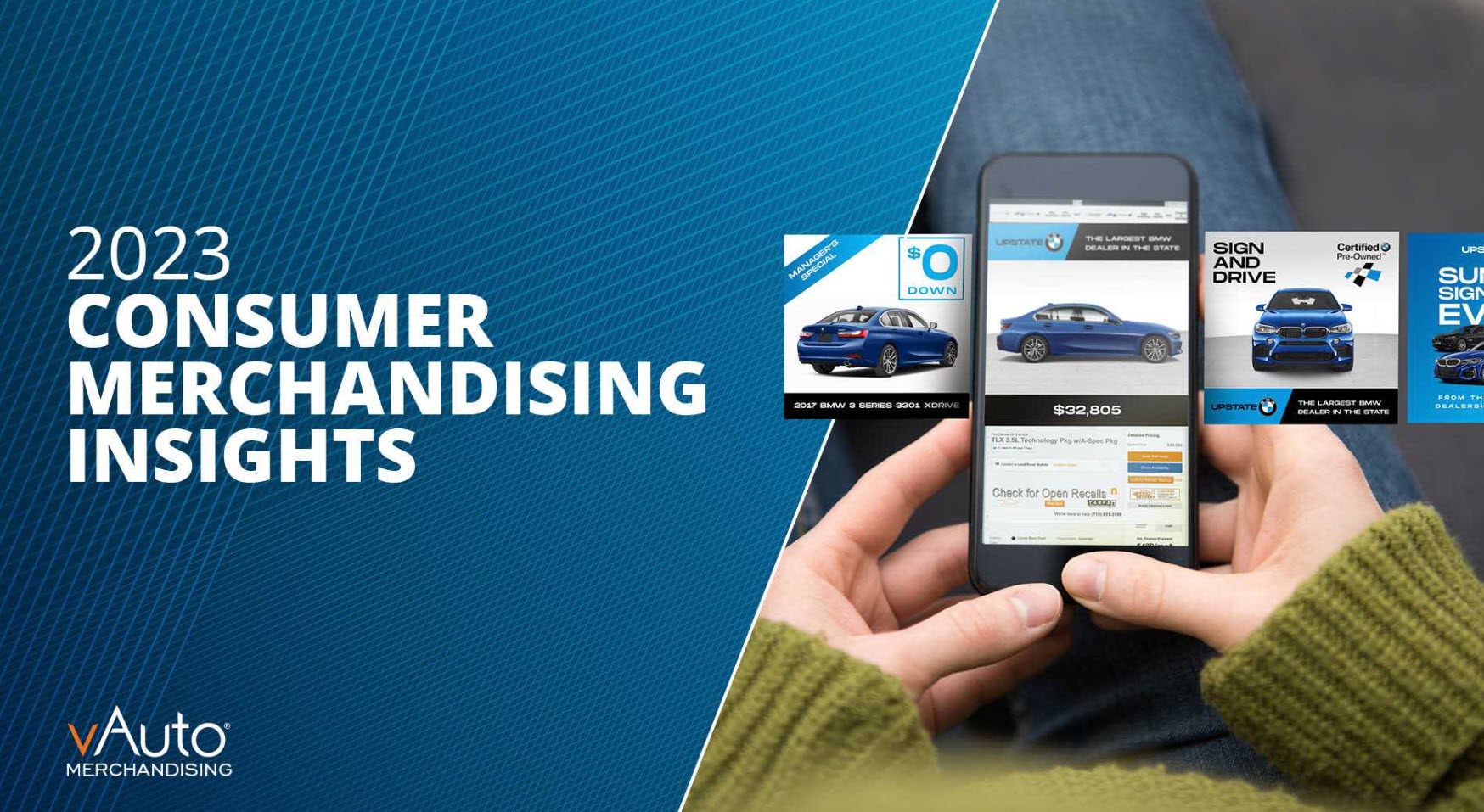ProfitTime GPS in Practice: A Closer Look at a Bronze Car Problem
Across the country, the share of distressed vehicles in dealer inventories is rising.
On the surface, a rise in the number of distressed vehicles in a single dealer’s inventory isn’t necessarily alarming. But since they dynamic seems to be happening for  almost every dealer, it’s worth taking a closer look here to understand why dealers have more distressed cars today than they did just a few short months ago and what they should do about them.
almost every dealer, it’s worth taking a closer look here to understand why dealers have more distressed cars today than they did just a few short months ago and what they should do about them.
A quick context-setter: vAuto’s ProfitTime GPS system readily identifies distressed inventory as Bronze vehicles, the ones that have the highest Market Days Supply, the highest Cost to Market and the least retail sales volume compared to other vehicles. ProfitTime GPS ranks all inventory based on its investment potential, using Platinum, Gold, Silver and Bronze designations. On this scale, Bronze vehicles offer the least ROI/profit potential.
It’s also important for everyone to understand that the share of Bronze vehicles in a dealer’s inventory depends on the dealer. If a dealer’s most focused on volume, then they may have a higher share of Bronze vehicles than dealers who put a high priority on gross profit. Why? Because the volume dealer’s might pay more to acquire a sufficient volume of vehicles to meet their sales targets, whereas the gross-minded dealer might be more selective about cars to acquire, and pickier about how much to pay, for the sake of maximizing gross profit. In this simplified scenario, the volume-minded dealer’s inventory may have a higher overall Cost to Market average and, as a result, a higher share of Bronze vehicles.
But this generalization doesn’t necessarily fit the circumstances I’m seeing on the ground right now in dealer inventories across the country. It almost doesn’t matter if a dealer’s focused on volume, gross or a balance between both. Bronze cars appear to be more plentiful for almost every dealer than they have been in the past.
To understand this condition, I’ve been noting the characteristics of Bronze vehicles in my daily conversations with ProfitTime GPS dealers. Here are some common threads:
- Many of the Bronze vehicles are priced too high. Given their opportunity/risk profile, dealers should be pricing Bronze vehicles to move quickly. Yet, time and time again, the average Price to Market percentage of Bronze vehicles is at/near 100 percent. Often, the dealers own these vehicles at Cost to Market percentages of 98 percent or higher.
- Many of the Bronze vehicles are older than 30 days. Generally speaking, I advocate that dealers strive to retail Bronze vehicles in 20 days or less to minimize the risks these lower-tier investments possess, and optimize whatever ROI each unit can deliver. Last week, I spoke with a Midwest BMW dealer where more than 50 percent of the dealer’s Bronze vehicles were older than 45 days—a fairly common condition.
- A fair number of the Bronze vehicles didn’t start out as Bronze. On several occasions, I’ve shown dealers how their Bronze vehicles started as Silver or Gold investments, often purchased through trade-ins and off-street channels. (You can spot this dynamic through the Global Acquisition dashboard in ProfitTime GPS.) But over time in inventory, the initial investment values of the vehicles weakened, and now they appear as Bronze units.
When I review the characteristics of Bronze vehicles with dealers, it’s often a wake-up call to current market conditions. The rise of Bronze vehicles owes directly to the higher-than-usual rates of value depreciation we’ve seen in recent weeks. Dealers are often surprised to see that off-street purchases and trade-ins they believed they bought right a few weeks ago no longer offer the profit/ROI potential they once did. The rise of Bronze vehicles also owes, at least in part, to slightly softer retail demand dealers report across the country.
But you can’t pin the rise of Bronze vehicles solely on less-favorable market conditions. Their increased prevalence in recent weeks also ties directly to dealer performance. We see the evidence in ProfitTime GPS. The system recommends retail pricing for every vehicle. The alignment of current dealer asking prices to ProfitTime GPS recommendations often runs less than 40 percent for Bronze vehicles. This finding suggests dealers are choosing to override or reject recommendations that are purpose-built to move the cars more quickly because of their high risk/low return profile.
At this point in my dealer conversations, dealers begin to recognize they need to address the prevalence of Bronze vehicles. Here are three things I recommend to help them mitigate the pain the Bronze vehicles will inevitably bring to their used vehicle department profitability and sales volume:
- Adjust retail asking prices to reflect where Bronze vehicles will transact. There are a host of reasons many dealers price Bronze vehicles at/near 100 percent of the market. If you own a vehicle for a Cost to Market percentage of 97 or 98 percent, you deserve a chance to make at least some money, right? Well, the reality is that if you play this card, you’ll likely end up holding the cars and discounting prices until your price reflects the place would-be buyers take notice. Generally speaking, in dealerships where Bronze vehicles are selling in less than 20 days, the average Price to Market percentage is at/near 95 percent. When dealers have Bronze vehicles priced at or above 100 percent of the market, there’s no real mystery why the vehicles aren’t selling.
- Attack the most-distressed, oldest vehicles first. While I firmly believe dealers should aim to retail every Bronze vehicle as quickly as possible, I recognize that reducing prices on an ever-larger share of a dealer’s inventory right away might create more pain than a used vehicle manager’s paycheck (and heart health) can handle right now. The next-best approach is to attack the cars that have been in your inventory the longest. The end goal: Work your way to more transaction-realistic pricing for all of your Bronze inventory. It’s important for dealers to remember that these cars won’t get better over time, especially in a depreciating market like we’re seeing now.
- Be more diligent about pricing Bronze vehicles right on Day 1. While its understandable dealers and used vehicle managers don’t want to face the music when they take in a Bronze vehicle, it’s not rational. We all know these vehicles represent high risk/low reward investments. We also know that the vehicles won’t get better over time, especially in a depreciating market. When dealers handle Bronze vehicles correctly, they rightfully understand that while the cars may not offer the front-end gross profit they’d like to see, the cars represent volume units that drive F&I gross and customer/trade-in acquisition opportunities.
Overall, it’s important for dealers to remember there is no shame in having Bronze vehicles in your inventory. They are a fact of life in today’s used vehicle market and every dealer’s inventory. They’ll also be a fact of life in tomorrow’s market, too.
But there is shame in not treating these vehicles for what they are the minute you own them, and pretending they’ll command a gross profit that, for all intents and purposes, will never arrive.
Editor’s note: In an upcoming post, I’ll share a different problem I’ve been encountering with vehicles ProfitTime GPS regards as a dealer’s best investments, the Platinum cars.
The post ProfitTime GPS in Practice: A Closer Look at a Bronze Car Problem appeared first on Dale Pollak.

















